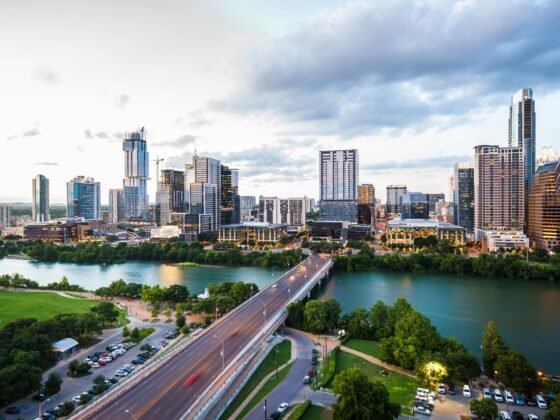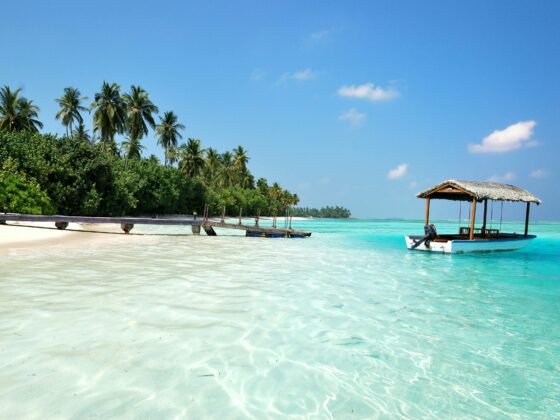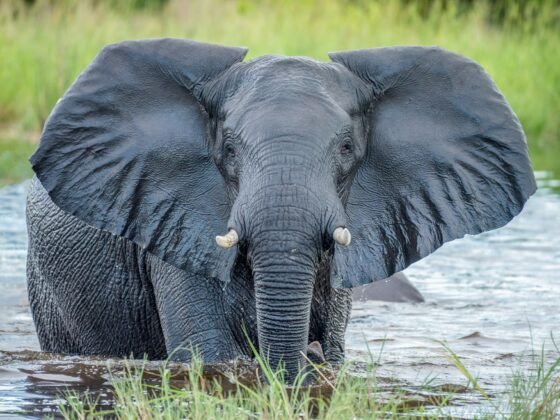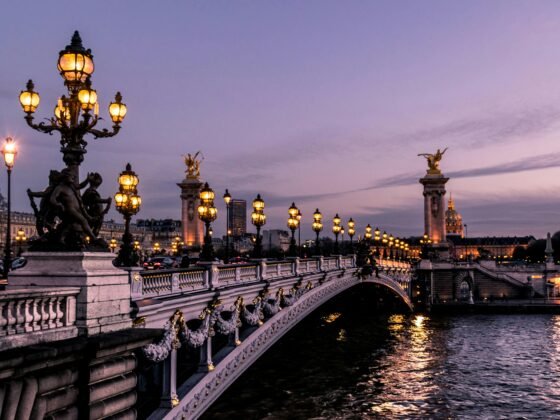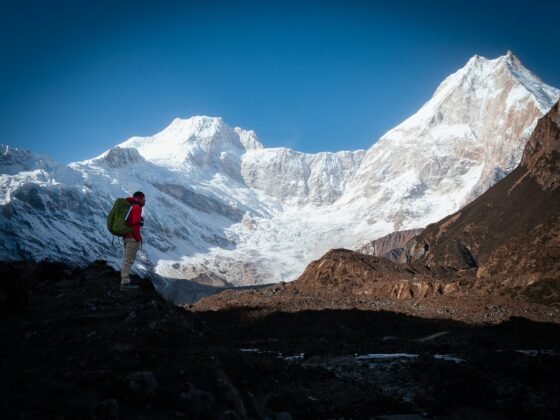We left Bagan at dawn, our jeeps passing the scattered ruins of a thousand red brick pagodas. The countryside was lush, dotted with small villages that clung to the side of the road. Occasionally we could glimpse the Irrawaddy through the trees, at other times small oil wells appeared, their rusty mechanisms still labouring to pump oil from the ground.
We reached the town of Chauk , a bustling town grown prosperous from its position near one of the river crossing points. We wandered its market, trying the strange fruits on offer, looking at the stalls covered with Chinese goods. Ancient women sat with huge piles of chillies in front of them, offering toothless grins, while children followed us, giggling amongst themselves.
The bridge was a long, iron affair, build of strong girders designed to survive the annual flood waters of the wet season. A stream of heavy lorries passed us, some tall sided and laden with fruits, others open and piled with timber.
Only a few kilometres after the crossing we turned off the main tarmac highway and the road soon switched to a dirt track. It quickly started to climb, gently at first as it contoured the gentle slopes of the Irrawaddy plain, but gradually more steeply. Paddy fields, petered out, soon other crops also vanished, leaving only occasional pockets of agricultural land on small terraced areas.
We stopped for lunch, a wayside cafe packed with truck drivers and other traders waiting for lifts either in or out of the Chin homeland. We were served a set meal, a small dish of curried chicken, with rice and vegetable dishes and a pile of flat breads. The relatives of our lunch walked around us, diving under the table when they saw something fall and clucking noisily as they squabbled for it.
The journey resumed. The road twisted higher, now surrounded in thick jungle. In places the road disintegrated into a bog, our drivers fighting to keep the ancient 4×4 jeeps moving. One kept up a constant narrative under his breath, trying to tell himself what he should do next. The other kept a constant stream of spittle flowing from his mouth, stimulated by the nervous chewing on his mouthful of “pan”.
Small streams tumbled down the mountainside, supposedly channelled beneath the road in small culverts, but many spilling across the surface. We would drop into small valleys and cross rivers on bumpy tracks made of flat stones, often having to lift our feet to stop them getting soaked. Occasionally we had to stand on the side as the water flowed in higher. Each time the sturdy jeeps kept going, powered by the pep-talks and pan.
We passed small Buddhist shrines, tiny hamlets and houses. We saw a man living at the top of a huge palm tree, slowly dismantling it so sell its fruits, fronds, core and trunk at the market. At the top of ridges we occasionally glimpsed endless tracts of green jungle stretching away, the mountains it covered slowly rising up higher and higher.
We started to climb, this time steadily gaining altitude. The temperature dropped, the jungle changed to forest, with pines and lichen replacing palms and vine. We disappeared into the cloud, a fine mist that soaked and chilled us and without warning we’d arrived at Kanpetlet, a small village near the Nat Ma Taung National Park, deep in Chin terretory. It was time to explore.
To read more about Myanmar/Burma, click here or visit ACL Travel.
Next week: Trekking in the Chin homeland.






